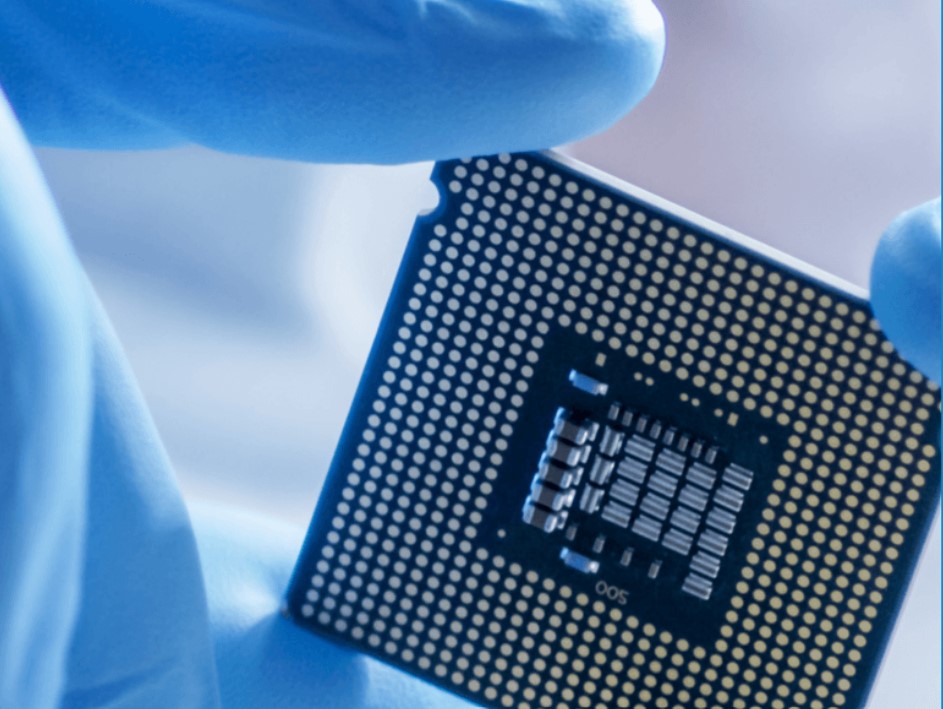In a recent report, the Semiconductor Industry Association (SIA) announced that the global semiconductor sales for 2022 stand at $573.5 billion, showing a 3.2% increase from last year. China still holds the number one position in the semiconductor market which accounts for one-third of the global revenue. This is also the highest global sales ever reported by the industry, despite the ongoing US-China tech war and economic downturn.

SIA President and CEO, John Neuffer, said that the global semiconductor market experienced significant ups and downs in 2022, with record-high sales early in the year followed by a cyclical downturn taking hold later in the year.
He further added that despite short-term fluctuations in sales due to market cyclicality and macroeconomic conditions, the long-term outlook for the semiconductor market remains incredibly strong, due to the ever-increasing role of chips in making the world smarter, more efficient, and better connected.
Why are semiconductors important?
Semiconductors are one of the most important technology items of the era. . All the major technology sectors, like wired communication, consumer electronics, industrial electronics, automotive electronics, wireless communication, and computing and data storage, require semiconductors. Advancement in artificial intelligence, military and weapons systems, space technology, and more is not possible without having the latest and cutting-edge semiconductor tech.
Semiconductors are divided on the basis of circuit design and function. As per the integrated circuitry, the semiconductors can be classified as digital, analog, and mixed and as per functionality they are classified as memory chips, microprocessors, standard chips, and complex systems-on-a-chip (SoCs).
In 2022, microprocessors generated the highest revenue of $176 billion followed by memory chips which reported sales of $130 billion. The biggest revenue jump was seen in analog chips used in automobiles, computers, and other consumer goods. Analog chips reported $89 billion in revenue, a 7.5% increase in 2022.
China’s Semiconductor Industry:
China the world’s largest semiconductor market accounted for almost one-third of the global sales. The Chinese semiconductor industry plays a major role in the technology sector of the country, which accounts for almost 30% of its GDP. The semiconductor industry includes a wide variety of companies, from integrated device manufacturers to pure-play foundries, fabless semiconductor companies, and OSAT companies.
Currently, China’s semiconductor industry includes a wide variety of companies from Fabless semiconductor firms like ZhaoXin, UNISOC, and HiSilocon to IDMs (Integrated Device Manufacturers) like Yangtze Memory Technology Corp and ChangXin memory Technologies.
China which aims to become the global leader in artificial intelligence and quantum computing needs an uninterrupted supply of semiconductors to achieve this target. However, the country is facing huge pressure under the US sanctions on the semiconductor export to China.
Last year US introduced increased restrictions on semiconductor exports to China to stop its advancement in AI and disrupt its progress in chip making. These restrictions stopped US companies and some of its allies like the Netherlands and Japan from providing machines, tools, personnel, and technical know-how to Chinese companies.
The sanctions and additional restrictions on China have made a global impact as, despite the increase in total sales, the second half of 2022 reported a gradual decrease in revenue. The fourth-quarter sales of $130.2 billion were 14.7% less than in the same period in 2021 and 7.7% lower than in the third quarter of 2022. Global sales for the month of December 2022 were $43.4 billion, a decrease of 4.4% compared to November 2022.
- Semiconductor Industry Association asks Japan and Netherlands to Tighten Curbs on China
- South Korea Caught in the Middle of US-China Tech War: Chip Sale down by 50% in January
- US and India Join Forces Against China in Critical Technologies
- The Best OnePlus 11 Alternatives in India
(via)







